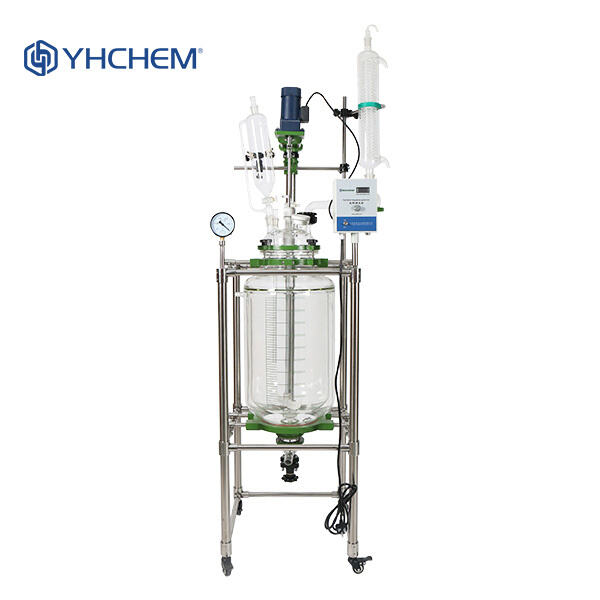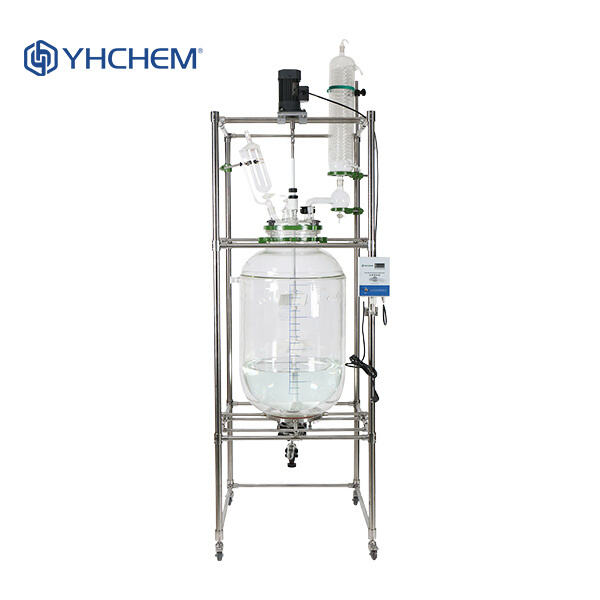If you’ve ever watched scientists at work in a lab, you might have seen them using some fancy tools: say, a jacketed glass reactor. There special containers are very needed to do the experiments in a safety and proper way.
The jacketed glass reactor is different from other containers, and its function is unique. It has a unique outer layer that helps it become hot or cold. This makes it a good option for many different experiments that have varying temperature needs. Whether a scientist needs to heat a liquid to make a reaction go faster, or cool it so it doesn’t boil, a jacketed glass vessel can help.
One benefit of employing a jacketed glass vessel is that it heats and cools extremely well. An outer coating that allows hot or cold liquids to flow around the inside of the glass container and heats or cools everything evenly. This enables scientists to control the temperature of their experiments precisely, so they obtain more reliable results over and over again.

When chemicals combine, they can become very hot. And if not managed properly, that heat can break the glass container, a situation that can be hazardous. Jacketed glass containers help here by separating the chemicals from the outside air. This allows scientists to control the heat — and keep their experiments safe.

Of course, safety always comes first in a lab. That’s why jacketed glass vessels have design safety features to protect scientists, as well as to prevent accidents. Some of these vessels have valves that release excess pressure to avoid explosions, while others have sturdy handles for easy transport. These attributes help to ensure everyone remains safe as they work.

In the lab, you need to be able to control the temperature in order to obtain reliable results. Jacketed glass vessels are ideal for this; they allow scientists to heat or cool their samples precisely. By altering the temperature of the liquid that surrounds the glass container, scientists can produce the right environment for their experiments to function.